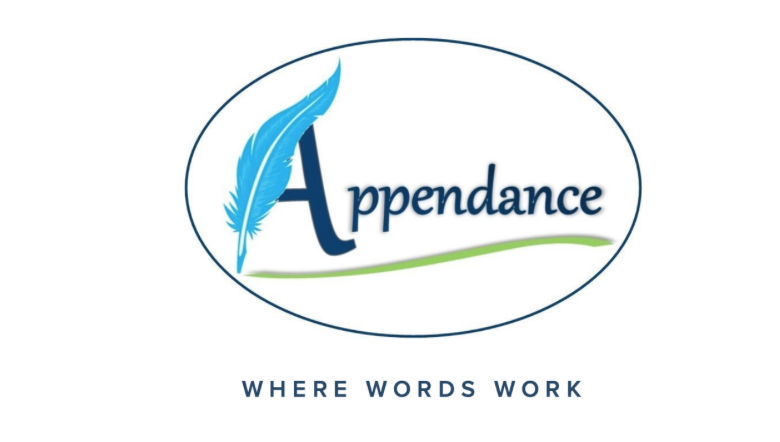August 2021
View our original newsletter here: Comma Splices and Run-On Sentences
Comma Splices: What they are and how to avoid them
You might be thinking, do commas or run-on sentences really matter that much? Or, I learned about commas back in grade school, but I don’t remember any of the rules. Don’t I just a throw a comma in before “and” or anytime I pause to take a breath?
The short answers: comma splices and run-on sentences do matter. Not only are they correctness issues, but they help with clarity, so you can clearly articulate what you want to say to your audiences. And, both correctness and clarity establish credibility with your audience.
And, there are pretty straightforward rules for when you should use commas in your sentences (not just when you see “and” or take a breath).
Quick Tip: Fix comma splices in your writing by asking yourself the following questions: Do the words on both sides of the comma make up complete thoughts? Or, could you go up to someone and say the portions that come before and after the comma as separate sentences, and they make sense?
If so, fix the comma splice by changing the comma to a period, changing the comma to a semicolon, or adding a conjunction to that comma.
Don't Just Take Our Word For It
See what other industry experts are saying about the grammar and the ways language changes over time...
"I bet a lot of you think that run-on sentences are just really long sentences that go on and on like the Energizer bunny. But actually, run-on sentences are sentences that lack punctuation; they can be long, but they can also be short..."
Run-on Sentence: Why It's bad and the Best Ways to fix It
"Sometimes our brains work faster than our fingers. The result is often a jumble of thoughts that run together. In writing, we call these run-on sentences...."
Here's a visual guide to fixing run-on sentences
Go Further
Want to know where we got this tip? A variety of resources. But the book How to Write a Sentence: And How to Read One by Stanley Fish gives some great examples of both sentence craft and sentence pleasure!
"...you don't begin with a grand conception, either of the great American novel or a masterpiece that will hang in the Louvre. You begin with a feel for the nitty-gritty material, paint in one case, sentences in the other." p. 1
Quote of the Month
"People write or speak sentences in order to produce an effect, and the success of a sentence is measured by the degree to which the desired effect has been achieved.” -Stanley Fish





